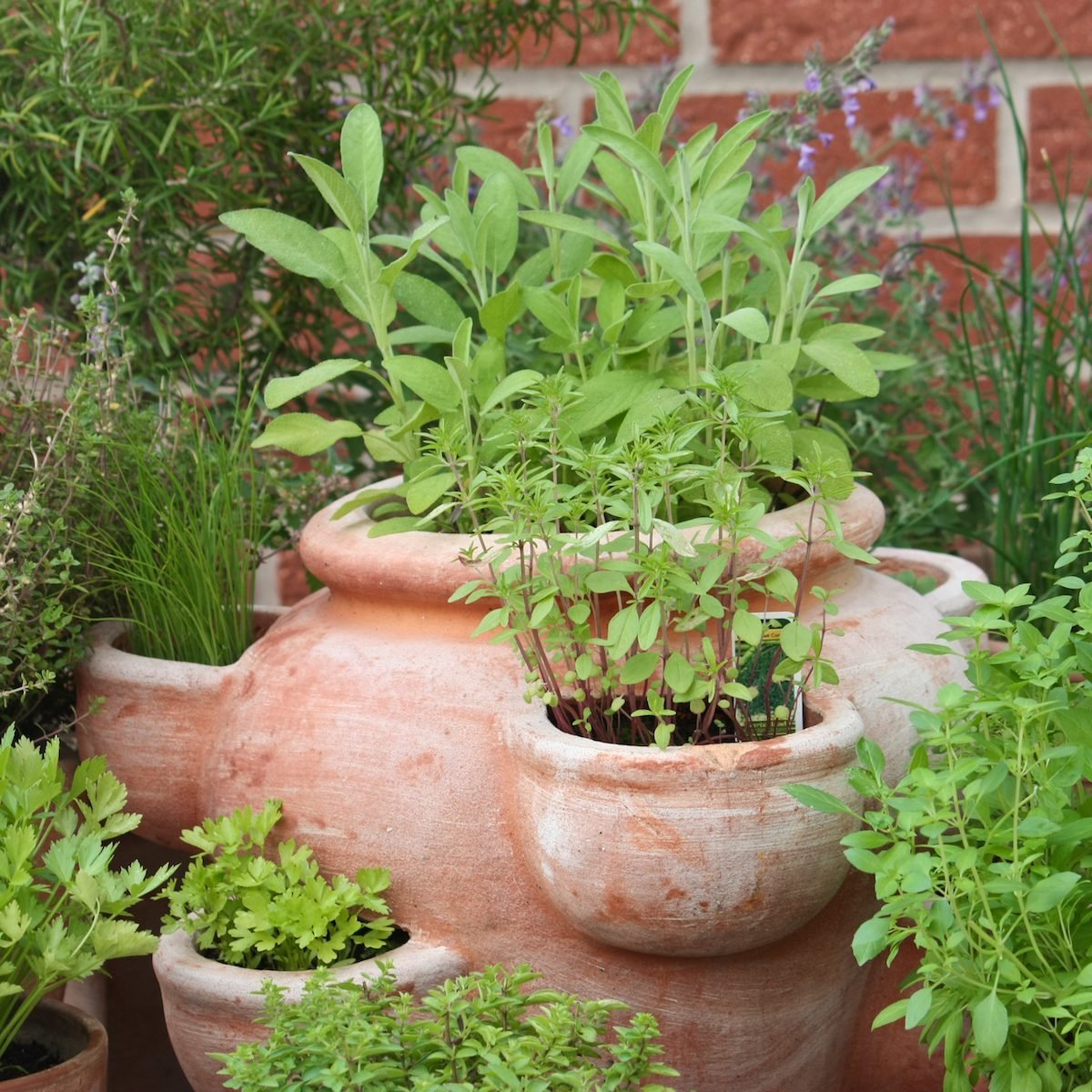
Growing a nutritious herb garden outside your kitchen door is easy! Many varieties also double as beautiful ornamentals that add color and texture to gardens. And even though growing herbs saves you money, you can’t put a dollar value on the flavor you’ll savor when you add fresh-picked herbs to homemade recipes.
For long-term storage, keep dried herbs in airtight containers made of dark glass, which shields them from damaging light. Canning jars with glass lids held by metal clamps work great.

Basil
Want to add zest to pasta sauces? Just leaf it to basil. There are more than 30 varieties of this herb, but sweet basil is the most common.
Space plants 1 foot apart; they’ll grow 1 to 2 feet high. To promote bushiness, pinch off growing tips and blooms as they appear. Consider colorful varieties, such as Purple Ruffles.
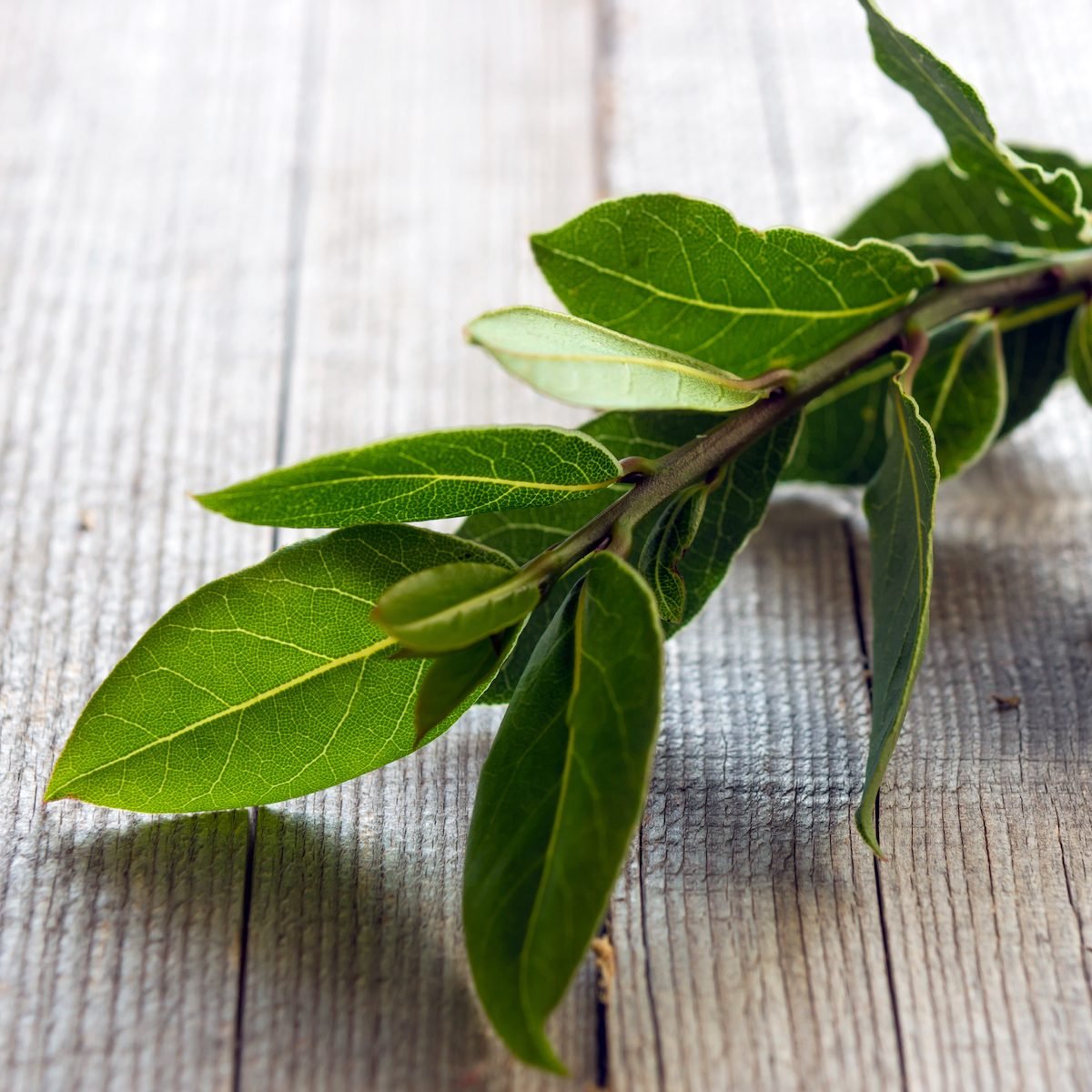
Bay Leaves
Bay leaves actually come from a shrub that’s a perennial in warmer climates. Those in colder regions may have better luck buying a small plant and growing it indoors for the winter and even year round. It reaches 5 or 6 feet in height if kept pruned.
Warning: Be sure you buy a culinary bay tree, as other relatives produce toxic leaves.
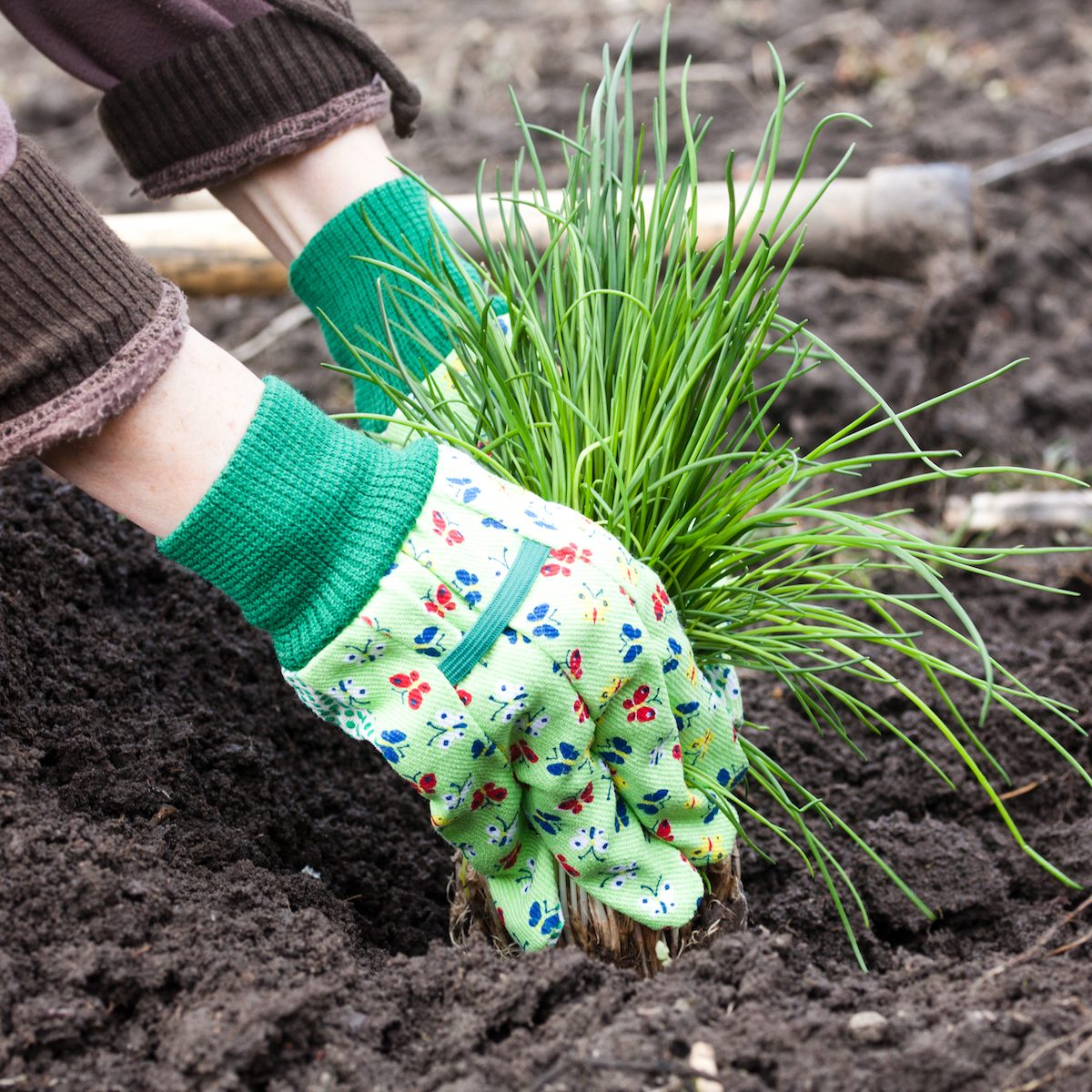
Chive
Versatility, thy name is chive. Stir it into soups and sauces; whip it with butter, cream cheese, sour cream and dips; or sprinkle it on potatoes and omelets. Chive is a kissing cousin of onions but tastes slightly sweeter and milder.
They grow 10 to 15 inches tall, with bright blossoms and leaves.
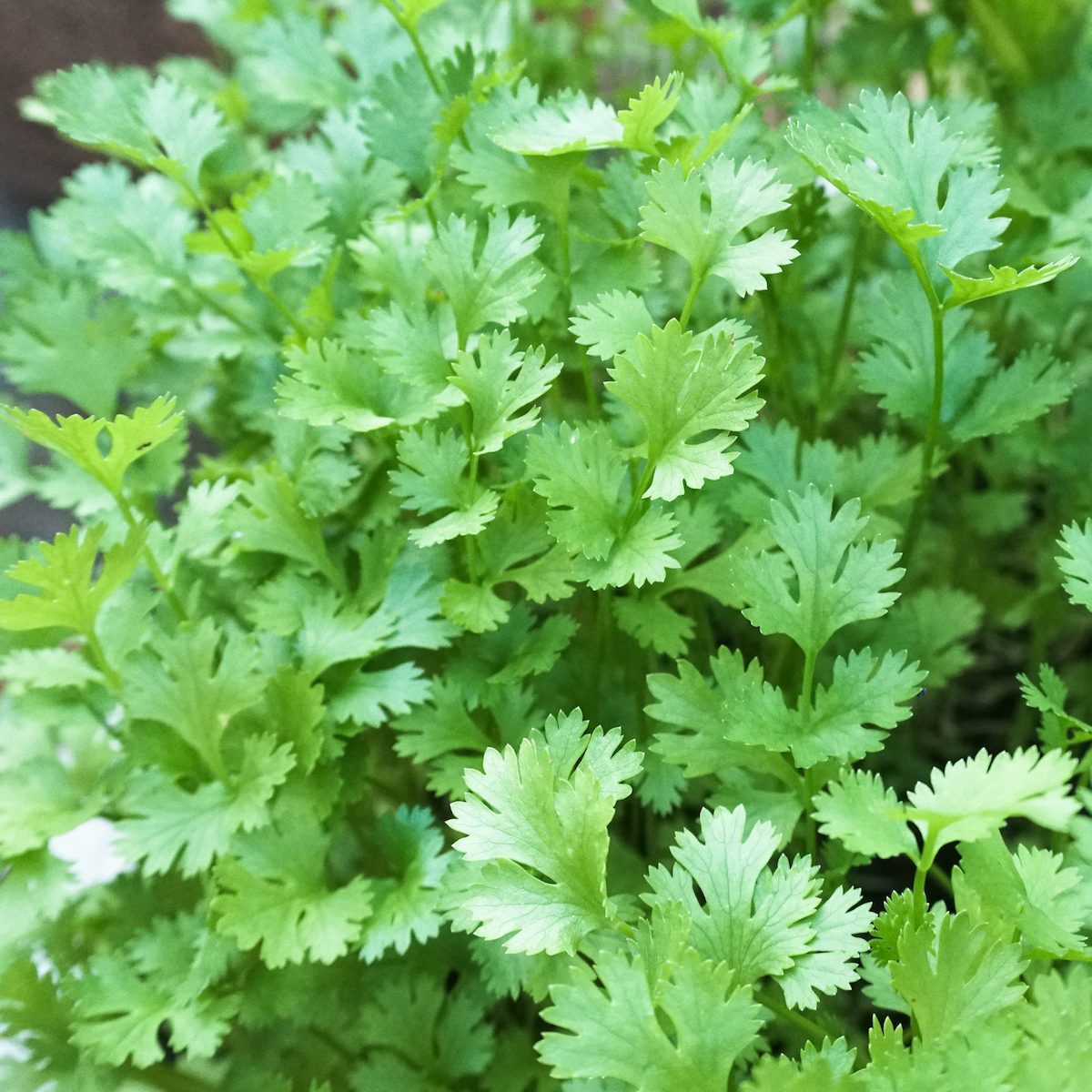
Cilantro
Strongly associated with Mexican food, cilantro also is a popular ingredient in Middle Eastern, Indian, South American and Asian cuisines. And talk about getting a lot of bang for your buck—its seeds also produce the spice coriander.
Cilantro grows 1 to 3 feet tall. For a continuous harvest, plant successive crops every two to four weeks.
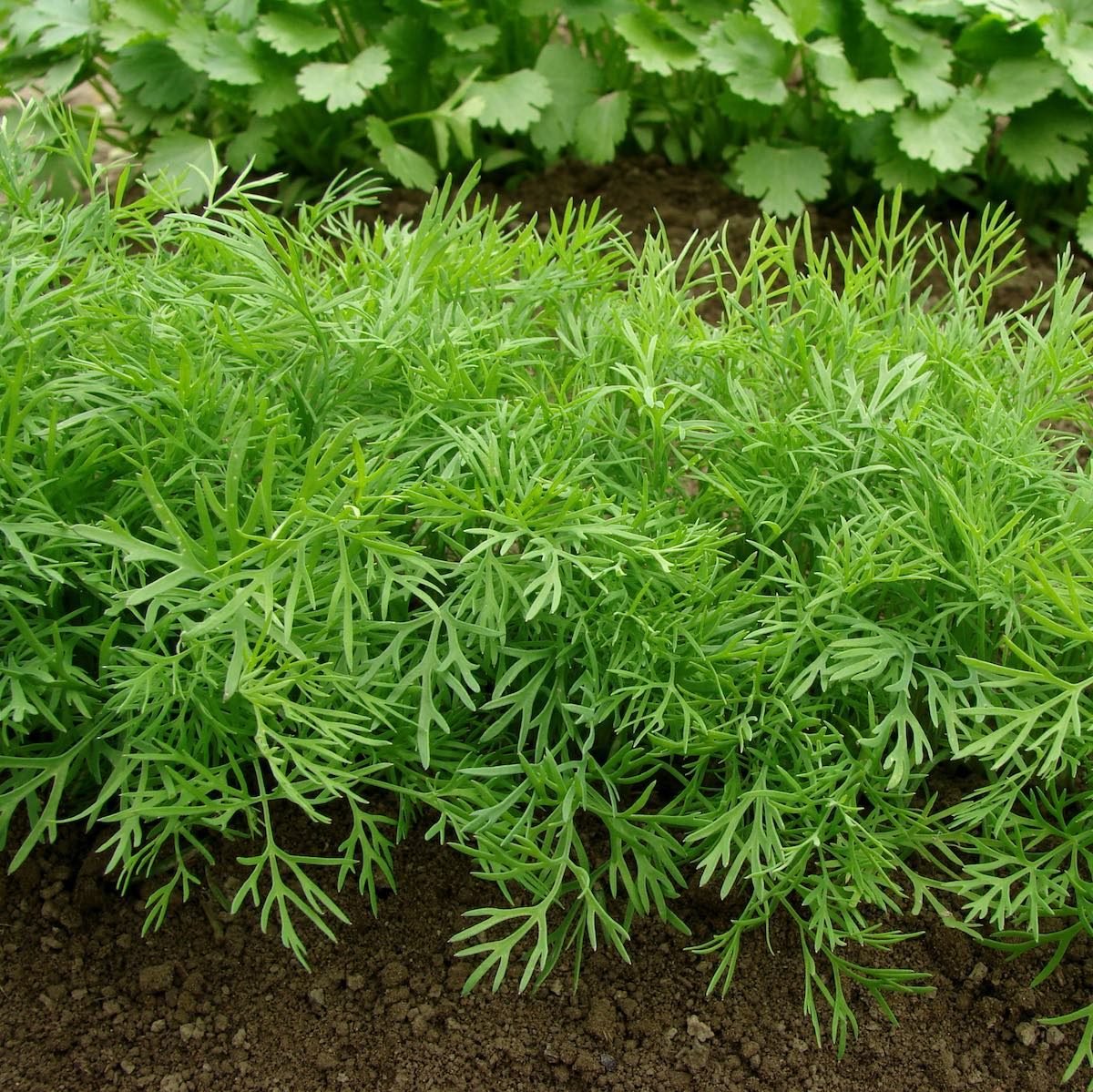
Dill
A member of the carrot family, dill is well known as a pickling ingredient. But its seeds and leaves also taste great in breads, dips and soups.
It grows best when sown directly in soil; it reseeds itself regularly. Common dill grows to about 3 feet tall but is leggy enough to warrant planting in a location protected from wind.
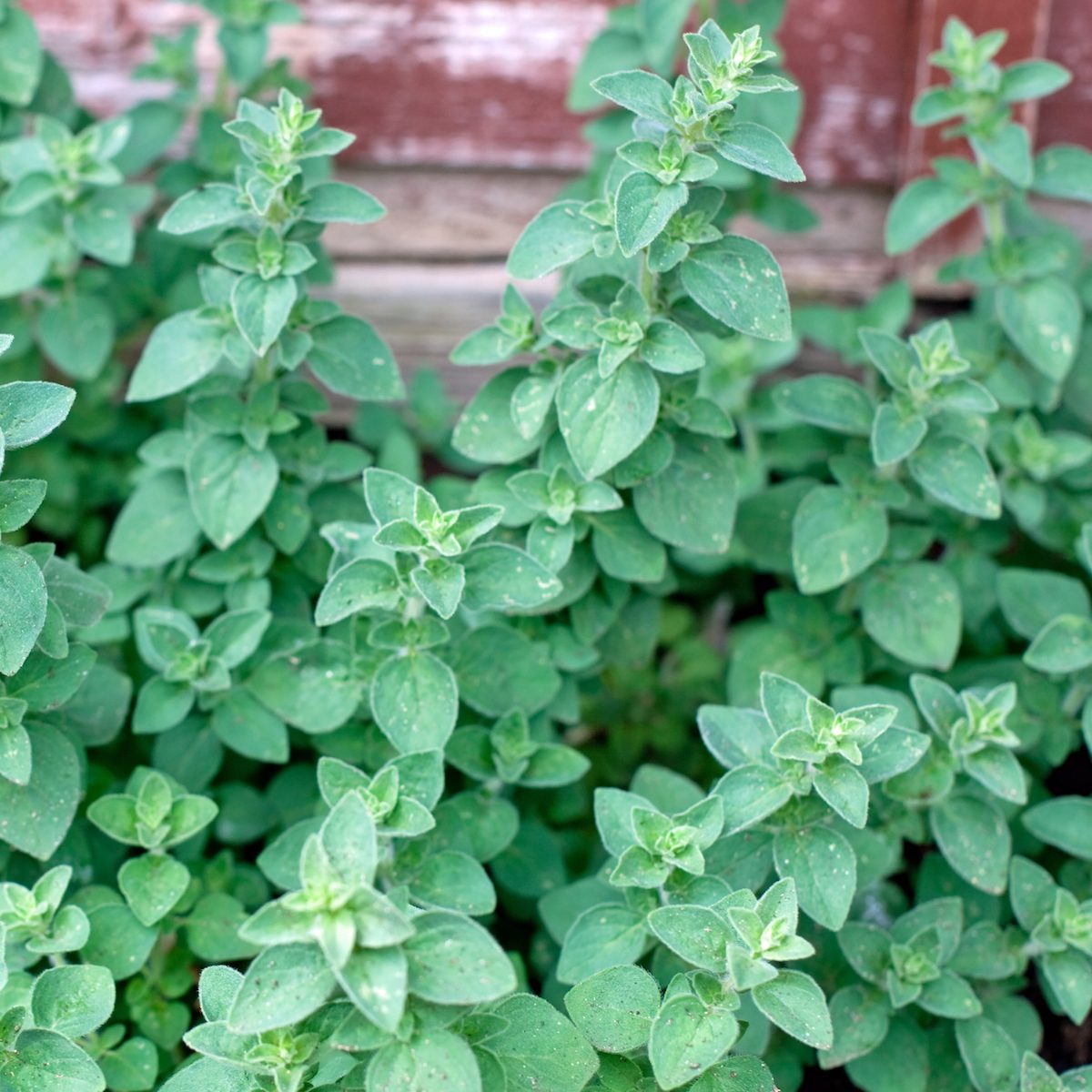
Oregano
This drought-tolerant Mediterranean herb typically grows about a foot tall. It’s the ultimate low-maintenance herb, as it requires little watering. In fact, you don’t even have to cover the seeds with dirt; just mist them and watch ’em grow. To maximize flavor and keep plants compact, pinch off blooms as they appear.
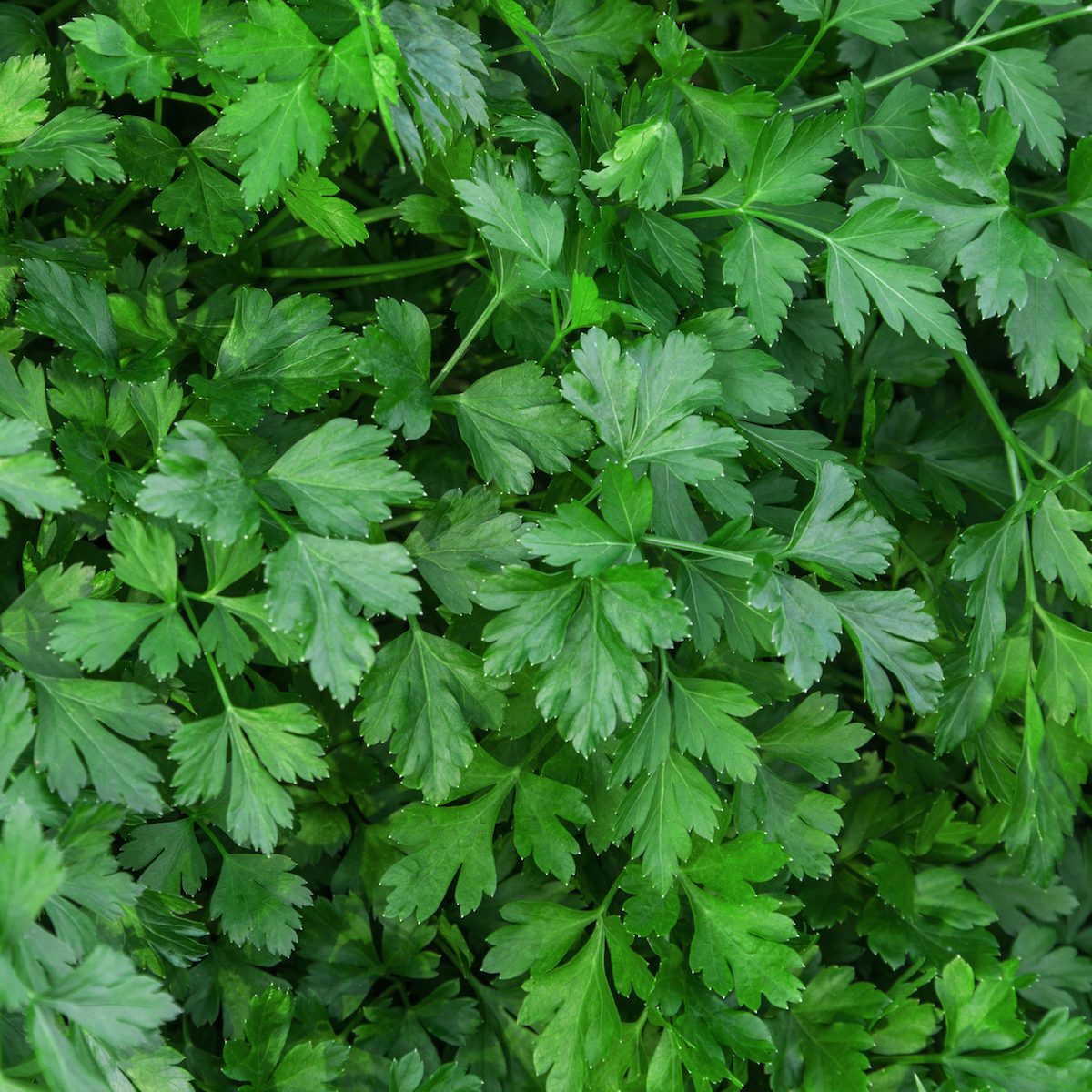
Parsley
Popular as a garnish, this member of the carrot family also enhances the flavor of meats, salads and soups. It has some significant health benefits, too.
The plants are slowpokes when it comes to germinating, so it helps to soak the seeds over-night before planting. Mature parsley will reach 10 to 18 inches in height and spread 6 to 9 inches.
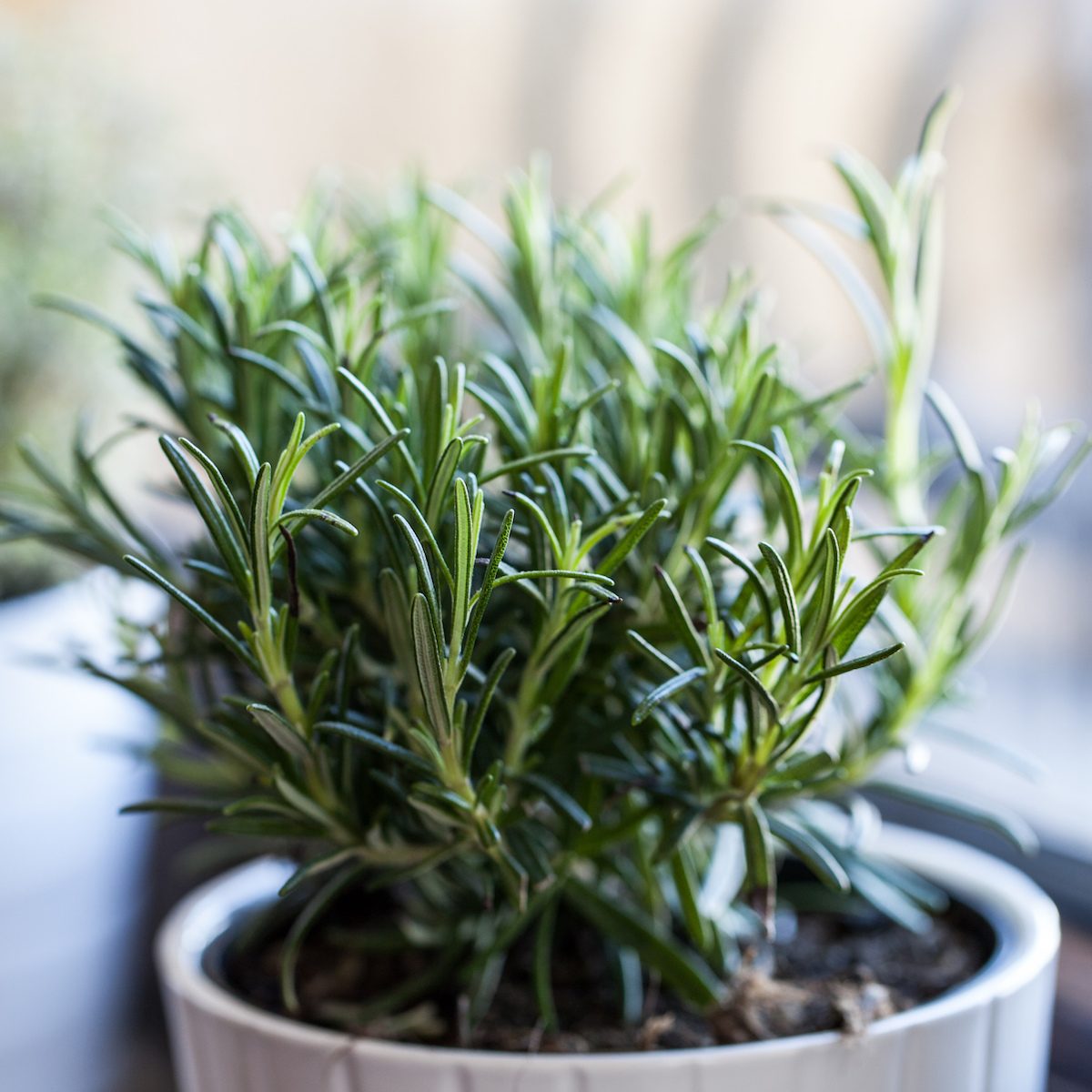
Rosemary
This aromatic herb is packed with medicinal powers. The scent of its oil enhances memory, and the herb is a powerful antioxidant that reduces the risk of blood clots, cancer, heart attacks and strokes. It’s also a crowd-pleaser when roasted with chicken, fish, lamb, pork and potatoes.
Grows up to 3 feet tall.
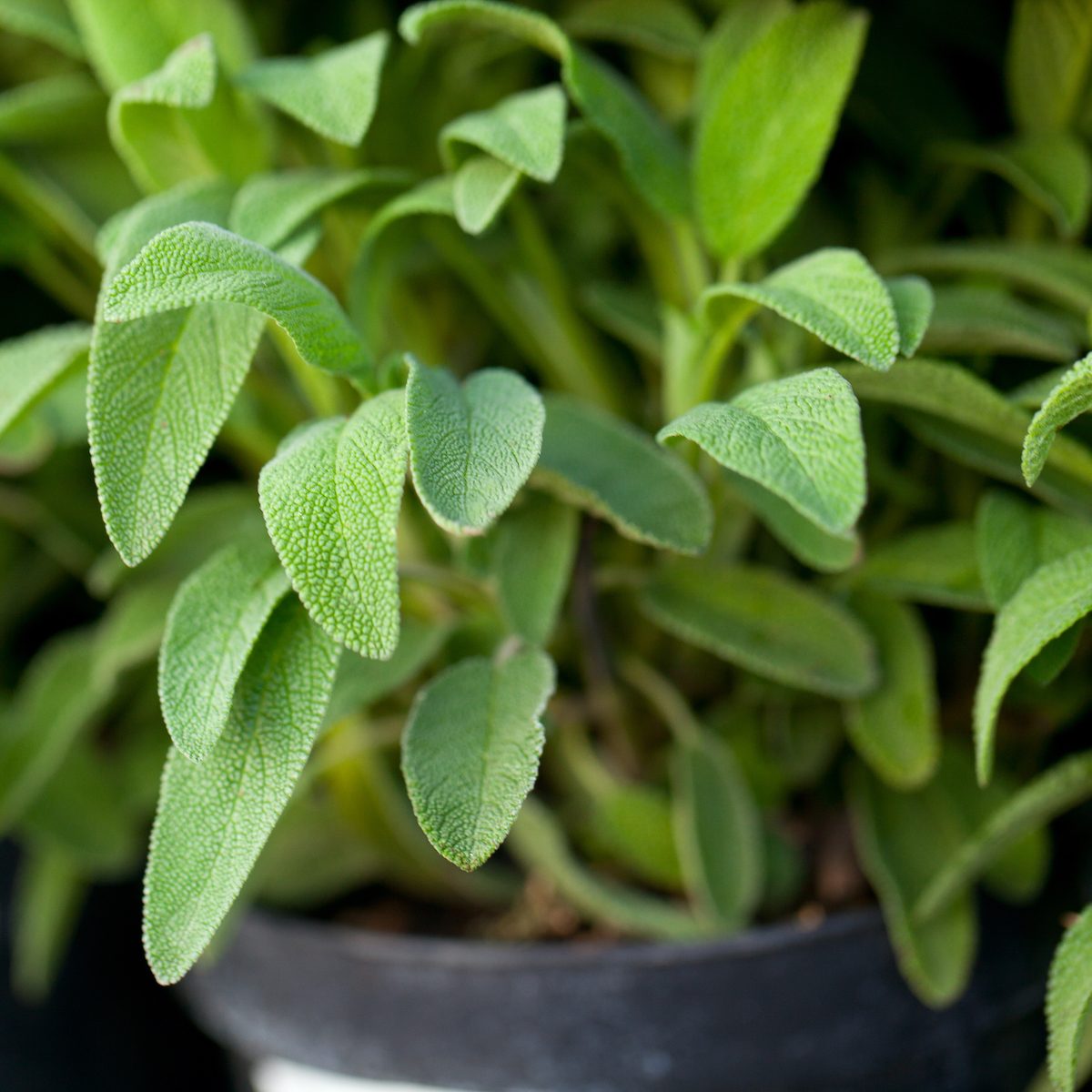
Sage
Sage adds color, texture and fragrance to gardens-as well as flavor to pasta, meats and breads. Most types of culinary sage feature purplish-blue flowers and fuzzy leaves that range from gray-green to variegated colors.
Plants grow up to 2-1/2 feet tall and wide. Pinched for space? One plant is probably plenty.
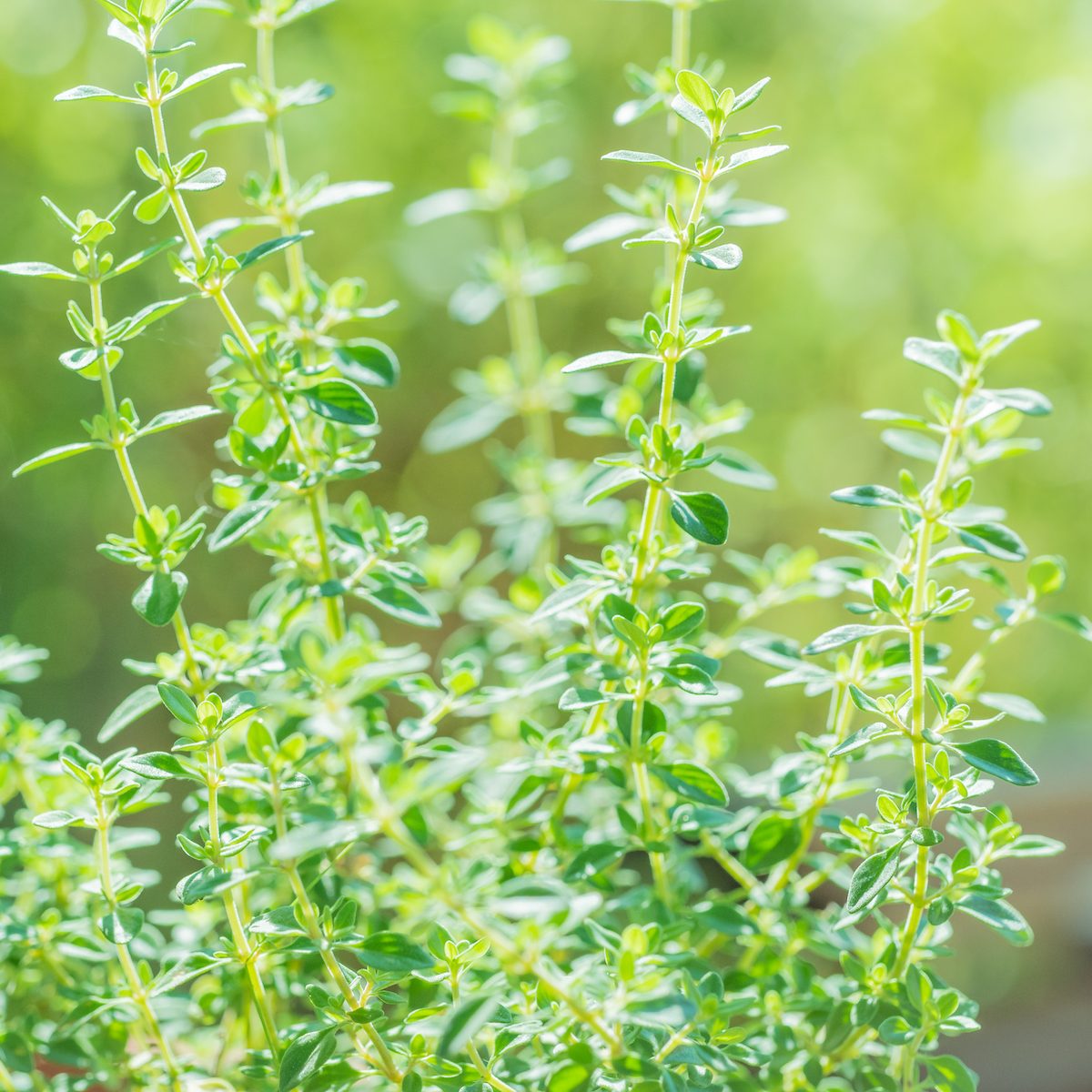
Thyme
This aromatic herb complements everything from tomato sauces and marinades to vegetables and jellies. It also doubles as an eye-pleasing, 6- to 10-inch-high ground cover. Better yet, this woody perennial doesn’t demand much attention at all, especially when it comes to watering. In fact, too much water reduces its flavor.
The post The Top 10 Herbs for Your Kitchen Garden appeared first on Taste of Home.
Julie Meyers